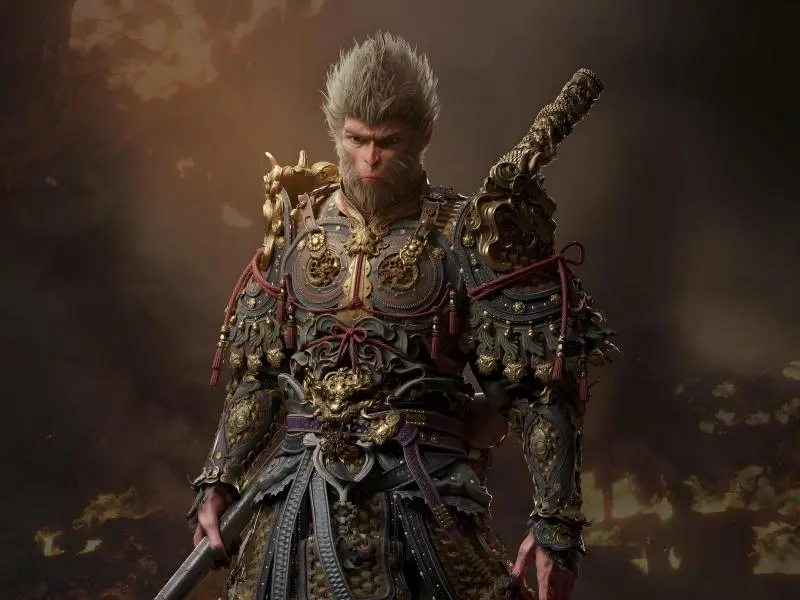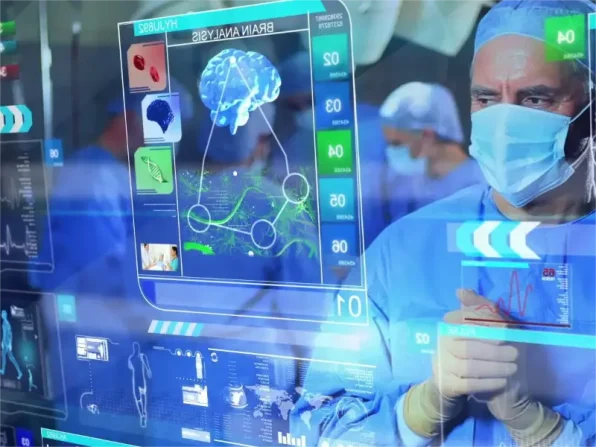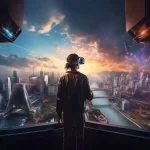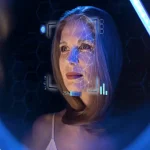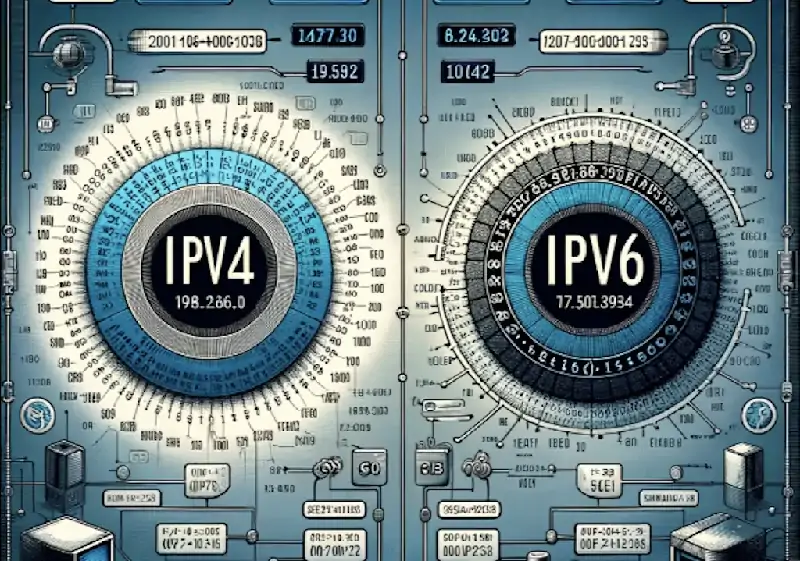- “Black Myth: Wukong” stands out as a beacon of innovation, leveraging the power of spatial computing to create an immersive and interactive experience.
- Spatial computing is a transformative technology that is redefining the gaming landscape.
OUR TAKE
“Black Myth: Wukong” has gained numerous fans around the world and has sold more than 4.5 million copies on multiple platforms, with strong technological support behind it. The game production team uses spatial computing technology to replicate a lifelike virtual world, creating near life-size graphics and images. The core value of spatial computing lies in solving the 3D data relationship between the virtual world and the physical world, and realising real-time interaction between the virtual world and the physical world at the digital level. Spatial computing is still evolving and has a very broad space for future use.
–Rebecca Xu, BTW reporter
Exploring the basics of spatial computing technology
Spatial computing refers to the overall calculation process based on the positional relationship of all people and objects under certain spatial site conditions. Motion capture technology, which is already familiar to the industry, is an important branch of spatial computing.
Understanding spatial computing technology
Spatial computing represents a technological leap forward, merging the boundaries between the digital and physical realms. By integrating digital information with the physical world, it enables users to engage with virtual content in a three-dimensional space, creating a more immersive and interactive experience. This technology leverages a suite of tools, including augmented reality (AR), which overlays digital elements onto the real world, enhancing our perception and interaction with the environment.
Virtual reality (VR), on the other hand, transports users to entirely computer-generated worlds, offering a fully immersive experience that replaces the user’s actual surroundings. Mixed reality (MR) combines these approaches, merging physical and digital objects in a single interactive space, allowing for a truly hybrid interaction model.
There are many devices, such as Apple Vision Pro, that employ spatial computing, but far beyond personal uses, the field is poised to affect several industries because of its high-impact technologies. For instance, spatial computing can be used to model an immersive end result before time and materials are spent producing it.
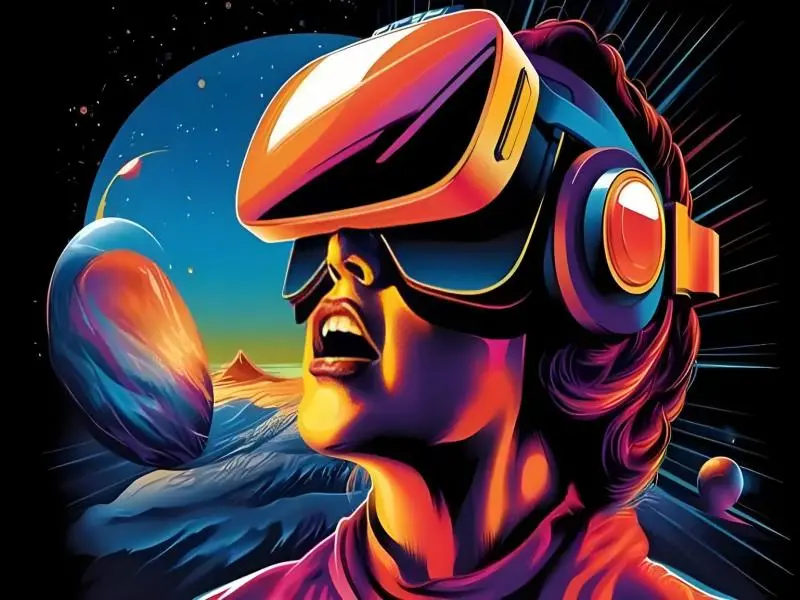
Spatial computing involves the following steps
Spatial mapping involves collecting data about the user’s environment using methods like photogrammetry, lidar, and radar. Lidar and radar measure distances by reflecting signals off objects, creating point clouds that represent 3D shapes. Photogrammetry constructs 3D models from multiple photographs, with AI enhancing this process to require fewer images for accurate representations.
Techniques such as machine vision analyse this data to make sense of the imagery. AI techniques help identify individual objects in a scene, their movement and interactions with other objects. For example, they can look for product defects, understand gait walking patterns or analyse how different workers perform a process.
Handheld controllers, motion sensors and speech recognition help users interact with the device and their surrounding environment. For example, the analysis of collected digital 3D images captured from the physical processes enable a self-driving car to detect a pedestrian in front of it and stop itself in real time. A building control system can adjust the heat or the lights when someone walks into a room in response to their preferences, which are stored in a database.
Also read: Tencent-backed ‘Wukong’ makes gaming history in first day rush
Also read: Black Myth: Wukong leads the trend of semiconductor chip industry
Unveiling the features of spatial computing in ‘Black Myth: Wukong’
“Black Myth: Wukong”, the highly anticipated action RPG developed by Game Science, has been creating waves in the gaming industry with its stunning visuals and immersive gameplay. The game’s success is largely attributed to the innovative use of spatial computing technology, which has brought the world of “Journey to the West” to life with unprecedented realism and detail.
Digitally scanning Chinese ancient architectural marvels
In “Black Myth: Wukong”, the development team has meticulously reconstructed numerous ancient Chinese architectural marvels, leveraging both on-site exploration and cutting-edge scanning technology. These historical structures, once brought to life within the game, have become a standout feature.
Xiaoxitian, Xi County, Shanxi Province: Famous for its exquisite hanging sculptures, which are the prototype of the Elysium scene in the game.
Shanxi Jincheng Jade Emperor Temple: Famous for its clay statues of the 28 stars and constellations, the image of the Golden Dragon in the game is derived from this.
Shuozhou, Shanxi Province, Chongfu Temple: Famous for its Tang Dynasty architecture and exquisite sculptures, the game’s monsters and background buildings are based on the design of this place.
Wutai Mountain, Xinzhou, Shanxi Province: The game’s scenes such as the Light of Buddha Temple and the Nanshan Temple are based on the ancient architecture of Wutai Mountain.
Chongqing Dazu Stone Carvings: The beautiful stone carvings in the game are based on the design of this place.
Mingshan Temple in Ziyang, Sichuan Province: The cliff carvings in the game are inspired by this place.
Tianjin Jixian Dule Temple: Famous for its Liao Dynasty architecture, the Guanyin Pavilion scene in the game is inspired by this temple.
Shanxi Lantian Shuiluian: Famous for its Ming Dynasty wall sculptures, the sculptures in the game are inspired by this place.
I have experienced the wild west of the US, in the Caribbean as a pirate, in the future war to protect the home planet, but most of all I’m looking forward to, “ return to my hometown, to be the Qitian Dasheng, to become the most worshipped as a child hero”.
One of the player of “Black Myth: Wukong”
These ancient buildings are not only well presented in the game, but also arouse players’ interest in field visits and promote the development of cultural tourism in related areas. Through the game, players are able to experience the unique charm of Chinese ancient architecture, and at the same time deepen their knowledge and understanding of traditional Chinese culture. One player commented that in the virtual world, he has experienced the wild west of the United States, in the Caribbean as a pirate, in the future war to protect the home planet, but most of all he is looking forward to, “to return to my hometown, to be the Qitian Dasheng, to become the most worshipped as a child hero”.

The art of motion capture for lifelike game character animation
As a subsidiary of Leyard that focuses on the direction of spatial computing, Virtual Point, founded in 2017, provided motion capture technology services for “Black Myth: Wukong”. According to the person in charge of the company, in order to ensure the real-time interaction of the virtual image in the game, the real character’s demeanour, posture and action details are recorded 1:1 by motion capture, the 2D image is quickly reconstructed in 3D, and by accurately identifying the marking point, the operation outputs the marking point centre-of-mass data, and the feedback system drives the animated image in real time through algorithmic calculations.
In the game space, spatial computing is mainly used to replicate the three types of objects, “people, objects, and environment”.
Tian Feng, director of the SenseTime Intelligent Research Institute
“In the game space, spatial computing is mainly used to replicate the three types of objects, ‘people, objects, and environment’,” according to Tian Feng, director of the SenseTime Intelligent Research Institute. At present, domestic 3D technology such as Leyard and SenseTime can collect 360-degree 2D photos through the camera and carry out 3D modelling, with the modelling error of small objects at millimetre-level accuracy, and the modelling accuracy of large environments at centimetre-level accuracy, for example, subtle expression changes of a human face are obtained through machine vision modelling. Looking ahead, when enough human movement patterns and environmental material libraries have been accumulated, it will be possible to upgrade from real-life-driven to AI-driven game characters, further reducing game production costs.

Pop quiz
Which technologies in “Black Myth: Wukong” provide an immersive experience?
A) 2D graphics and traditional animation
B) Virtual reality (VR) and augmented reality (AR)
C) Text and static images
D) Audio effects only
The correct answer is at the bottom of the article.
The integration of spatial computing and game mechanics
The integration of spatial computing in “Black Myth: Wukong” is just the beginning. As the technology matures, we can expect to see even more sophisticated applications in gaming, leading to experiences that are increasingly indistinguishable from reality. The game’s impact has already extended beyond the screen, sparking interest in cultural tourism and highlighting the potential of spatial computing to transform not just gaming, but also the way we engage with and appreciate cultural heritage.
The application of spatial computing in “Black Myth: Wukong” is a testament to the power of technology in enhancing storytelling and creating immersive gaming experiences. As the gaming industry continues to evolve, the role of spatial computing is set to expand, offering exciting opportunities for innovation and enriching the way we interact with digital worlds.
In VR games, spatial computing allows players to fully immerse themselves in realistic and engaging virtual environments. For example, “Half-Life: Alyx” utilises spatial computing to create a compelling VR experience where players can interact with the game world in a more intuitive and realistic way. The spatial computing technology in this game allows for precise hand-tracking and object manipulation, enhancing player engagement and immersion.
In AR games, spatial computing enables game elements to interact with the real-world environment around the player. Games like “Pokemon Go” utilise spatial computing to superimpose digital creatures and objects onto the physical world, creating a blended reality experience for players. This technology allows players to engage with the game world in a more dynamic and interactive manner, blurring the lines between the virtual and real worlds.
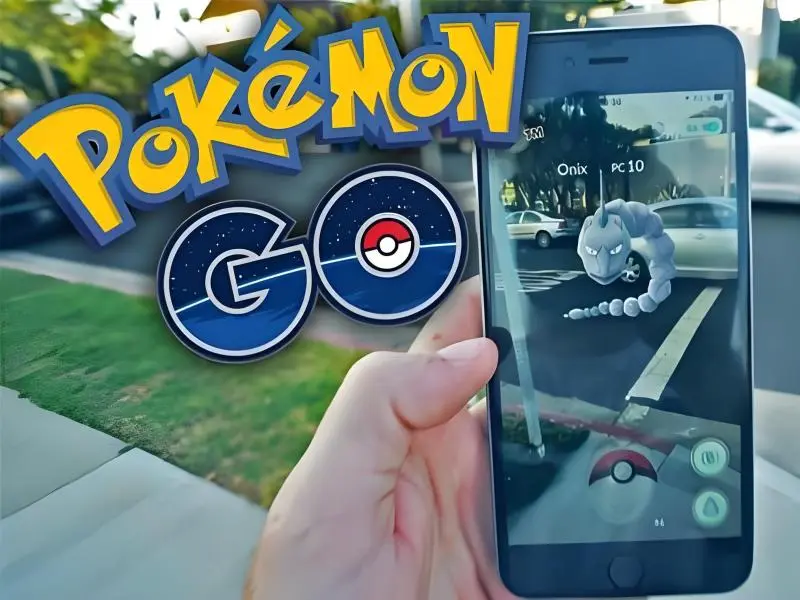
Pushing boundaries with next-generation spatial computing technology
The potential of spatial computing extends far beyond entertainment, with applications in various industries such as education. In the field of education, spatial computing can revolutionise the way students learn by providing interactive and immersive experiences that make complex subjects come to life. For example, students can explore the human body in 3D, conduct virtual experiments in a lab setting, or travel back in time to historical events through virtual simulations.
In the healthcare industry, spatial computing can offer valuable assistance in surgical training and simulations, allowing medical professionals to practice procedures in a realistic virtual environment before performing them on actual patients. Additionally, spatial computing can be used in patient rehabilitation by creating personalised therapy programs that use immersive experiences to aid in recovery and improve outcomes.
In the realms of design and architecture, spatial computing enables creators to visualise their ideas in a three-dimensional space, allowing them to see how their designs will look and function before they are built. Architects can walk through virtual buildings, interior designers can test out different layouts and furniture placements, and urban planners can simulate the impact of proposed developments on city landscapes.
As spatial computing continues to evolve and advance, its impact on the way we interact with the world around us will only become more profound. This technology opens up new possibilities for innovation and creativity, offering endless opportunities for enhancing our daily lives and shaping the future of various industries.
The correct answer is B. Virtual reality (VR) and augmented reality (AR).
